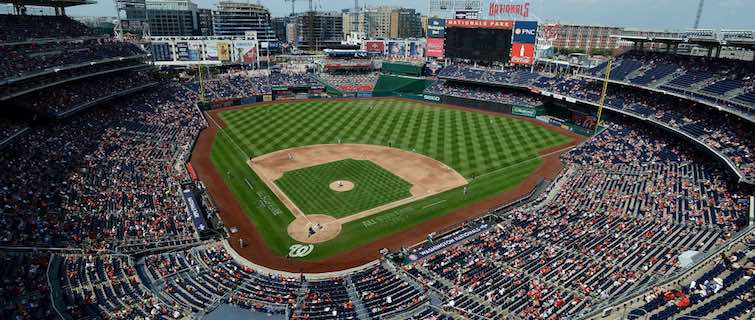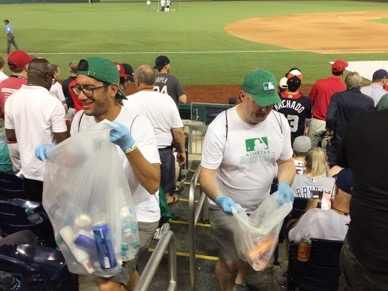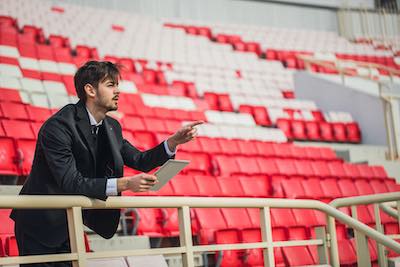
Here are some baseball stats that don’t mention home runs, batting averages, or even win-loss records; but they say a lot about how the major league game will be played and presented to fans in the future:
- Nationals Park is one of 12 major league stadiums that has rooftop gardens, and it’s one of six that is LEED-certified.
- Last season the Seattle Mariners recycled more than 95 percent of their stadium’s trash. Other clubs that have significantly reduced the amount of landfill waste from their parks include the Washington Nationals, Baltimore Orioles, Kansas City Royals, and Minnesota Twins.
- For its first All-Star Game in Washington since 1969, Major League Baseball (MLB) made one of its biggest statements ever on behalf of environmental sustainability and community support, hosting a popular 5K “Color Run,” refurbishing the Boys & Girls Club of Greater Washington, and collecting hundreds of thousands of pounds of recyclables at events at Nationals Park.
Pitching in with all the All-Star Week activities were nearly a dozen students from Georgetown’s Master's in Sports Industry Management program who are taking the MLB Sustainability Externship this summer.
“Major League Baseball is a sports leader in green initiatives and sustainability,” said Bobby Goldwater, a former manager of Madison Square Garden who is teaching the class. “So it makes sense that for a showcase event like the All-Star Game they would highlight those efforts.”
An ‘Awesome’ Response
One of the best things about the partnership, students said, has been the opportunity to meet MLB executives and interact with fans. For the Home Run Derby, the All-Star Game, and other events, the class joined the Nationals’ “Green Team” in collecting recyclables from fans in the 100 Section.
“You get to do a lot of fan engagement,” said student Drew Edson. “People ask, ‘What’s this about?’ and you can kind of talk it up.”
Added Patrice Arrington, another student: “I never thought so many people were environmentally friendly. People said, ‘Thank you for what you’re doing; that’s so awesome.’” She even got thanked on the Metro after a long (and very hot) day at the park, when a passenger noticed her Green Team uniform and told her how much she appreciated their effort.
A Visible Impact
Baseball has good reasons for going green. First, it’s the right thing to do—and, with all 30 major league teams participating, it has a big, and very visible, impact. Second, it’s cost-effective for the clubs and will become only more so as green technology improves. And—as the students’ experience showed—it helps teams engage with their fans, especially younger ones who have a keen interest in protecting the environment.

Georgetown students Ricardo Doig Garcia and Andrew Edson collect recyclables from fans at Nationals Park.
“The idea of sustainability has really hit home with millennials, and they’re seeing an opportunity to expand their fan base in that area as well,” said Georgetown student Justin Short.
For a class on sustainability in sports, Major League Baseball is a good case study. It’s the first professional sports league to have all its clubs be members of the Green Sports Alliance, which promotes sustainable and healthy communities.
In the class portion of the MLB Externship, students read journal articles on sustainability and talk about a movement that is expected to keep growing. They’ve also held networking events and panel discussions with league and club officials.
“We require good weather, and green grass, and clean soil, and wood bats,” said Jason Kobeda, MLB’s senior coordinator for facility operations, describing a sport whose basics rely on the environment as much today as when it first captured the nation’s fancy more than 150 years ago. “So it’s prudent that we would take an interest.”
